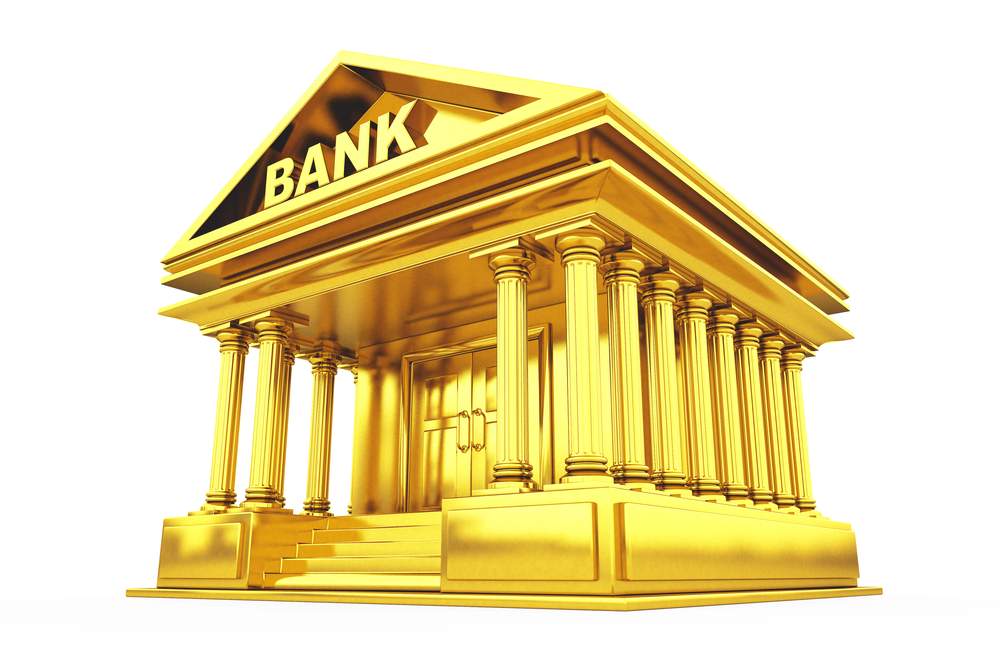The bear market is OVER.
I know, that’s a big claim. But hear me out.
Big-cap tech is a driving force in stabilizing the market. We’re talking Google, Apple, Amazon, Netflix and more.
And it’s driving a new bull market. But there’s ONE sector that historically performs the best at the end of a bear market.
Now you have the chance to invest in this sector.
Watch today’s video to find out why the time is right for my stock recommendations in this space…
And it looks like we’re in for a “soft landing” when it comes to inflation. Will the Federal Reserve actually manage to land the plane? [0:30]
The April jobs report is in.
Which means Amber Lancaster and I are going to break down what last month’s unemployment rate says about the U.S. labor market, inflation and ultimately, the strength of our economy.
(Or read the transcript here.)
In Today’s Video:
- Investment Opportunity: A bull market is on the way for Big Tech. And there’s opportunity brewing for this sector. [5:50]
- World of Crypto: What the ongoing shakeup for regional banks says about the value of investing in bitcoin and Ethereum (as a hedge against inflation). [8:45]
- Mega Trend: Artificial intelligence is igniting the tech industry after the waves of big tech layoffs last year. Companies are hiring! And chip stocks could soar along with the AI boom. [13:15]
See you soon,
 Ian KingEditor, Strategic Fortunes
Ian KingEditor, Strategic Fortunes
Goldsmiths: The First Modern Bankers
Ian and I had a fantastic chat about the past, present and future of the banking system on Monday’s podcast.
Smaller “mom and pop” banks have outsized importance to small-town economies, as larger banks like the JPMorgans and Citibanks of the world generally aren’t willing to invest resources in smaller markets.
Small banks are responsible for about 43% of all small business lending, so they definitely matter.
But Ian believes that’s changing … and smaller banks have outlived their usefulness.
He makes some good points. Few people really use cash today, even in the informal service economy. You can even tip a parking lot valet with a credit card or Venmo now.
And, on those occasions when you get a paper check, you can generally deposit it using a smartphone camera. You can even apply for a mortgage online … and it’s likely that once you sign the papers, it ends up getting sold to Fannie Mae or Freddie Mac anyway.
While it’s still early, peer-to-peer lending networks are quickly emerging as a funding source for small businesses.
Given that the banking system inevitably blows up at least once every decade or two, perhaps we should ask whether it’s worth bailing out at all, in its current form.
It’s important to remember that no one really planned out the banking system we have today. It evolved over the centuries, has always been an unstable mess and regulation, to the extent it came at all, was grafted on after the fact.
The first modern bankers were goldsmiths. Given how valuable their inventory was, goldsmiths had to have strong vaults to protect it from theft. Regular folks saw the vault and believed that keeping their gold on deposit with the goldsmith would be safer than keeping it in the house.
The goldsmith figured out pretty quickly that they didn’t really need all that much gold on hand to meet withdrawals … so they started lending it out. And thus, fractional reserve banking was born — with all of the booms, busts and general instability it brings.
Breaking the Government Monopoly on Money
It wasn’t particularly safe, cheap or convenient to move large sums of gold around. So goldsmiths started issuing paper “bank notes” to make transferring money more practical.
These notes were nothing more than receipts that could be exchanged for gold. They evolved into what we now think of as paper currency, except they weren’t issued by a Treasury or central bank. Central banks didn’t really exist at that point in history.
The problem, of course, was that it was difficult to know which gold certificates were good and which were bad, particularly if it was written by a goldsmith from a faraway town. It was a terrible system, and it eventually gave way to the system of national currencies we have today.
Our system today is also terrible. But it’s the lesser of two evils, so to speak.
And here is where it gets interesting.
I generally roll my eyes when I hear someone talk about the demise of the dollar as the world’s reserve currency. Yes, the dollar is poorly managed. But so is every other national currency, so we’d just be swapping one poorly managed currency for another.
But what if something entirely new became the world’s reserve currency?
Ian thinks that “something” could be Ethereum.
Time will tell. But in the meantime, this is all moving quickly. Financial innovations that took decades, or even centuries to evolve, now happen in as little as years — or even months.
If you want to prosper in a world moving that quickly, you need someone like Ian to walk you through it.
So if you want to learn more about investing in Ethereum, or in the next cryptocurrencies that are currently at a critical turning point in the market, check out his exclusive crypto service, Next Wave Crypto Fortunes.
Regards, Charles SizemoreChief Editor, The Banyan Edge
Charles SizemoreChief Editor, The Banyan Edge










